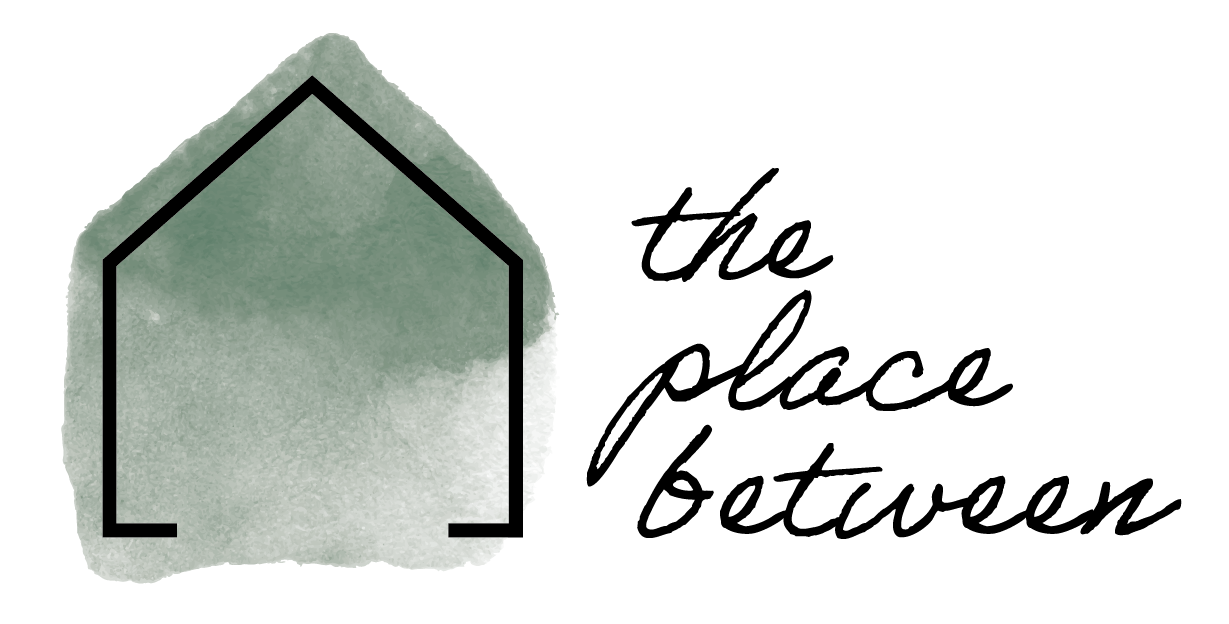Sustainable homes you enjoy living in. Designed with trust, clarity & care.
Renovating a residential space in the UK post 2021? Key legal changes at a glance

Since 2021, several updates to UK building regulations and construction laws have directly impacted how people approach home renovations. Whether you’re planning a simple remodel or a significant transformation, it’s essential to understand these legal changes and ensure compliance.
This blog provides an overview of the regulatory requirements, focusing on internal modifications, and highlights new rules that affect home renovations post-2021.
Building Control: When Do You Need It?
When planning a home renovation, it’s important to know when building control approval is a must and when you can go ahead without it. Here’s a quick guide to help you understand the difference.
Projects that require building control approval include:
- Loft conversions, especially when you’re adding new living space.
- Removing walls, particularly if they’re load-bearing.
- Converting a garage into a usable room.
- Making structural changes, like adding or removing beams or floors.
- Installing new kitchens or bathrooms that involve plumbing or electrical work.
- Rewiring the house for electrical upgrades.
- Replacing windows.
- Creating new openings in structural walls for doors or windows.
On the flip side, you don’t need building control approval for:
- Cosmetic updates, such as painting, tiling, or changing flooring.
- Non-structural renovations, like replacing kitchen cabinets or bathroom fixtures without affecting plumbing or wiring.
- General internal redecoration.
- Moving radiators, as long as you’re not adding new plumbing or wiring.
New Rules Since 2021
Several laws and regulatory amendments post-2021 affect home remodelling in the UK, including:
- The Building Safety Act 2022: This law, triggered by the Grenfell Tower inquiry, imposes stricter oversight on high-rise residential buildings but also highlights the importance of regular safety assessments for internal works, mainly related to fire doors and structural changes.
- The Future Homes Standard (enforceable in 2025 but affecting renovations from 2022 onwards): Paving the way for more sustainable homes, this standard affects heating systems, with a strong move towards banning gas boilers in favour of heat pumps and other renewable energy sources. To learn more about ow the Future Home Standard applies to your home, read our other blog here.
1. Fire Safety Regulations
Fire safety is a critical consideration in home renovation, especially in light of the tragic events of the Grenfell Tower fire. In 2022, the Fire Safety (England) Regulations were introduced, and they came into force in January 2023. Although these primarily focus on multi-occupancy and high-rise buildings, there are implications for certain internal renovations in homes, particularly in loft conversions and when adding new floors.
For example:
- Fire doors are required between loft conversions and the main house, as well as between garages and the living space.
- Smoke alarms must now be interconnected across all floors of a home, especially in new builds and significant remodels.
- Self-closing fire doors are mandatory in high-rise flats and must be maintained, but these requirements only extend to individual homes if certain fire safety thresholds are crossed (e.g., multi-storey homes).
2. Energy Efficiency Regulations
With the growing focus on sustainability, new rules under Part L (Conservation of Fuel and Power) came into effect in 2022, aiming to improve energy efficiency in residential buildings. If your renovation involves modifying the building envelope, adding insulation, new windows, or upgrading heating systems, you must comply with these updated standards.
Key areas include:
- Improved insulation in walls, roofs, and floors, with specific U-value targets.
- New or replacement windows and doors must meet stricter thermal performance standards.
- Air-tightness testing may be required if the modifications significantly affect the building’s thermal envelope.
3. Ventilation and indoor air quality
In line with the updates to Part F (Ventilation), introduced in June 2022, homes undergoing significant internal remodelling must ensure adequate ventilation. This is particularly important when energy efficiency measures (like sealing windows or upgrading insulation) might compromise airflow.
Key rules include:
- Mechanical ventilation is often required in rooms with limited natural airflow, such as kitchens, bathrooms, and utility rooms.
- All new windows must include trickle vents unless alternative ventilation systems exist.
4. Accessibility Standards
The UK government has made strides toward improving accessibility in residential spaces. The updates to Part M (Access to and Use of Buildings) make it easier for homes to accommodate occupants with disabilities or mobility issues.
Key updates:
- Level access thresholds for new entrances.
- Wider doorways for better wheelchair access.
- In new builds or significant renovations, bathrooms must have step-free showers and provisions for future adaptations.
5. Electrical Safety
Changes in Part P (Electrical Safety) mean that any significant internal renovations involving electrical works (such as kitchen refits or adding new rooms) must comply with stricter wiring standards. This includes ensuring that a registered electrician completes the work or has it inspected.
You can plan a smooth, compliant renovation project by being aware of these key rules and understanding where building control approval is needed. Always consult a professional when in doubt, as each project has specific requirements.
---
Disclaimer:
The information provided in this blog post is intended for general informational purposes only and does not constitute professional legal or architectural advice. While we strive to ensure the content is accurate and up-to-date, it may not reflect the most current laws or regulations. Readers are advised to consult with a qualified professional to determine how this information applies to their specific renovation projects and individual circumstances.
